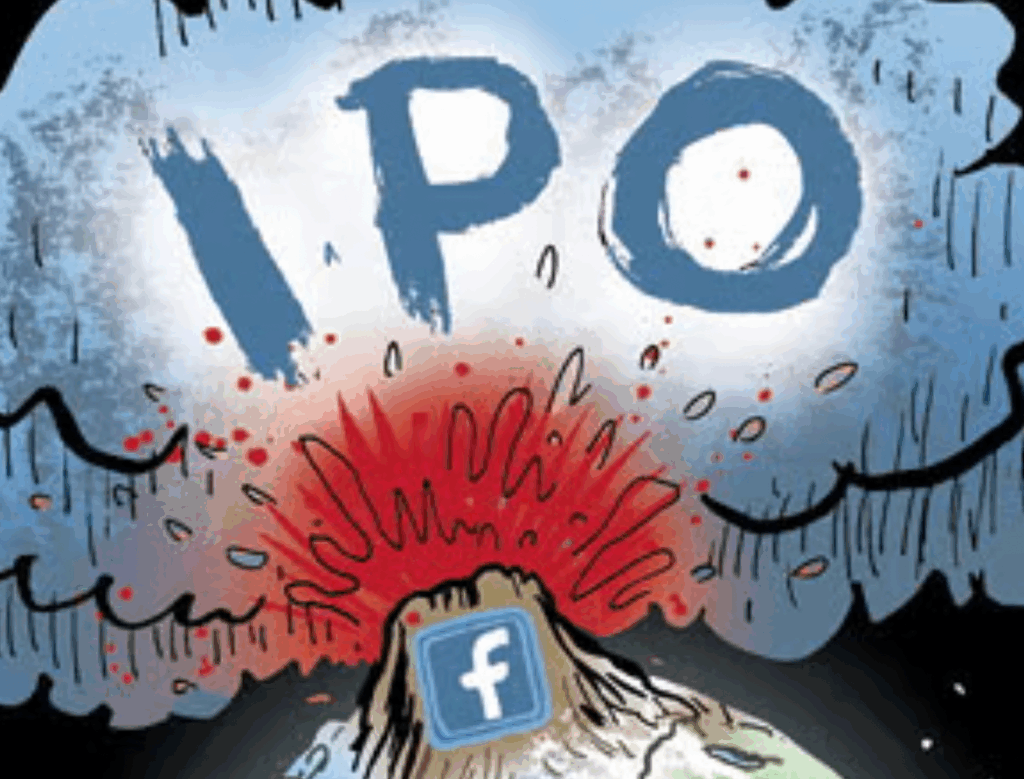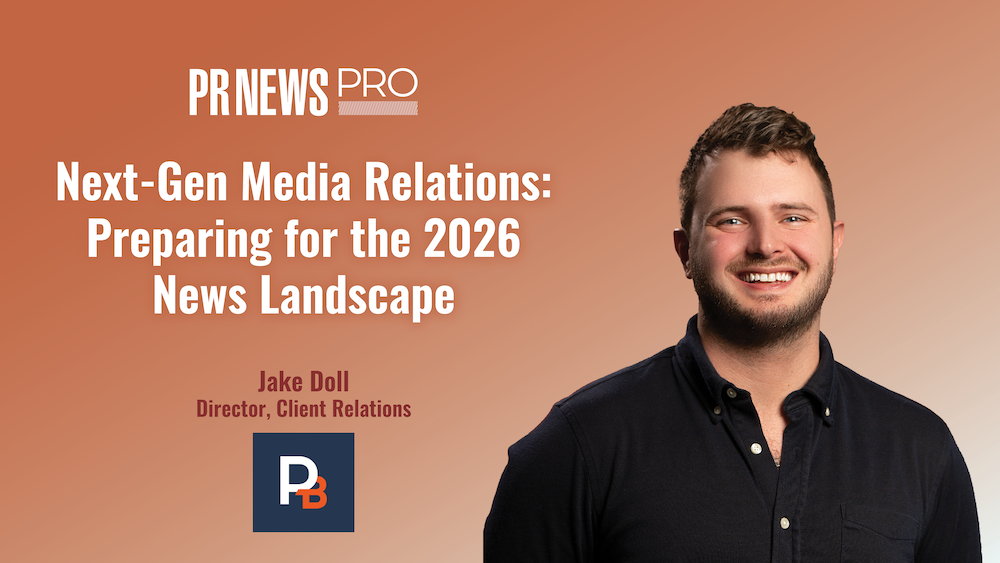Not all programs are right for all brands, including the Super Bowl. The sixth annual Super Bowl Engagement Survey by Brand Keys Inc. reports that when it comes to the return the advertisers will get on their sizeable investment, upsets are not limited to the playing field.
Assessments showed that Doritos, Pepsi, Budweiser, Coke and Toyota, were the top five advertisers likely to get the highest return on their Super Bowl ad investments. Ads for Victoria’s Secret, Ford and the White House Office of National Drug Control Policy will see far fewer returns.
“This is more than Monday-morning, creative quarterbacking,” said Robert Passikoff, founder and president of New York-based Brand Keys. “The day-after creative reviews are interesting but today clients want to know more than that they were seen. After all, buying the Super Bowl is buying awareness. But what advertisers really want to know is exactly what they got for their investment. Real engagement measures allow them to do that.”
The 2008 survey was conducted among a national sample of 1,200 men and women, 18 – 65 years of age, who indicated a strong likelihood to watch Super Bowl XLII on Feb. 3. The research examines most of the brands advertising during the game based on ad rosters that appeared in industry publications prior to the survey being fielded in the third week of January.
The Super Bowl Engagement Survey is created to predictively measure respondents’ true reactions to brands. Results correlate highly with respondents’ actual marketplace behaviors, and are said to be reliable predictors of future brand purchase.
The ability for the brand and the media to engage is based upon Brand Keys says is an assessment of ROE or return-on-equity, a measure that quantifies the level of engagement created between the media environment and the advertised brand. “Think of it as identifying how the media environment reinforces, or in some cases, degrades brand values,” said Passikoff.
“What you want to see is a minimum of +7 points to your brand to ensure you’re getting a real return on the effort,” he said.
Assessments for this year’s Super Bowl XLII advertisers are:
| Advertiser | “Super Bowl” R.O.E |
| Budweiser | +10 |
| Bud Light | +8 |
| Audi | -3 |
| Bridgestone Firestone | +5 |
| Cars.com | +8 |
| Chevrolet | +2 |
| Coke | +9 |
| Disney | +2 |
| Doritos | +15 |
| FedEx | +3 |
| Ford | -2 |
| Go Daddy.com | +8 |
| Hershey’s | +7 |
| Hyundai | -5 |
| Planters Peanuts | +8 |
| Paramount Studios | +4 |
| Pepsi | +11 |
| Sales Genie.com | +7 |
| Sony Studios | +4 |
| Sprint | +4 |
| Tide-to-Go | +7 |
| Toyota | +9 |
| Unilever | +8 |
| Universal Pictures | +4 |
| Victoria’s Secret | -4 |
| White House Office of National Drug Control Policy |
-5 |
Of course, engagement assessments are separate and apart from the estimate of how many eyeballs may be on the screen at that moment.
“It has nothing to do with “being watched” or awareness levels, and everything to do with viewers being emotionally engaged with the brand,” noted Passikoff. “Everybody knows Ford, and their sales fell 12% last year. The objective is to sell cars, not just entertain. That’s just not enough any more. Not all media venues are right for all brands, no matter how large an audience they generate.”
A significant increase (7+ points) in brand equity always results in increased engagement. Viewers will pay more attention to the advertising, think better of the product, and actually go out and buy the advertised item.
“When you spend $2.6 million on an ad spot you want to make sure that you are getting a real return,” said Passikoff. “Otherwise, why do it?”
Advertisers can prove they got the time or space they paid for and they know their ad was directed at a particular audience. But in terms of real-world accountability, companies get no proof that anyone actually engaged with their ad. Some advertisers don’t welcome the scrutiny that comes with advertising on the Super Bowl.
“After all,” noted Passikoff, “Super Bowl ads have a much wider audience than the Adweek, Ad Age, USA Today critics and next-day consumer polls.
“Ultimately all TV spots, no matter how terrific, should be judged by how well they drive sales and build the brand. A former CEO of Wal-Mart said it best when he remarked, ‘We are not in business to be noticed; we are in business to be chosen.’ These engagement assessments are a ‘reality check’ that lets advertisers know how super their media buys actually are, before they sign the check,” said Passikoff.



